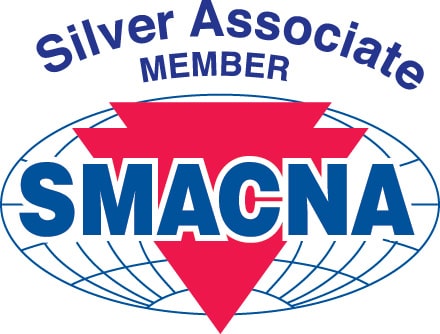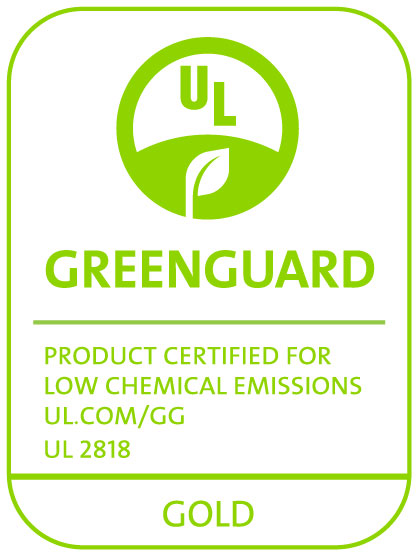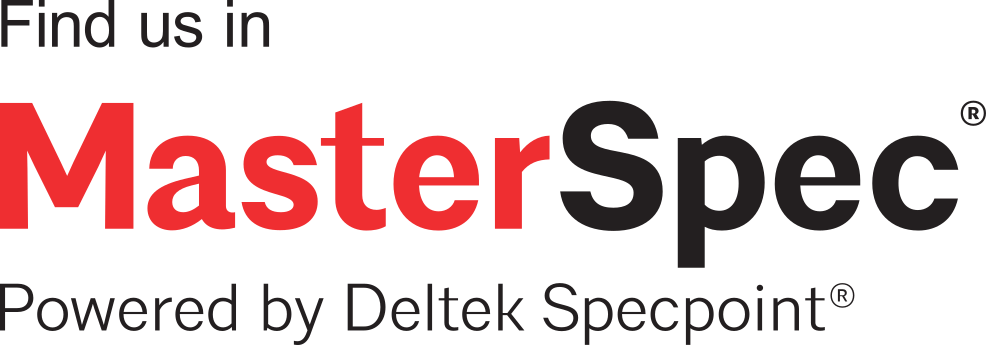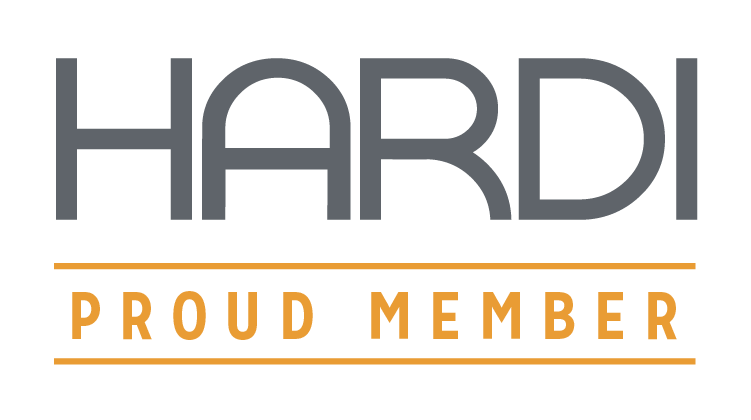HVAC air ducts transport conditioned air (heated and cooled) to spaces in buildings for the thermal comfort of occupants such as employees, clients, customers, and other visitors. Traditional ductwork is fabricated from sheet metal and installed per project specifications and industry standards by skilled mechanical and sheet metal contractors.
Due to the differential (delta) between the ambient air and the conditioned air traveling through ductwork, insulation is usually required to prevent energy loss and condensation from forming on the sheet metal.
Depending on the owners’ project requirements and project team’s basis of design, ductwork is either wrapped externally or lined internally. While most ductwork is externally wrapped, mechanical engineers or acoustic consultants may specify duct liner inside ductwork for acoustic purposes. Duct liner is utilized to attenuate unwanted sound, such as fan noise, sheet metal rumble & vibration, in sensitive occupant spaces such as classrooms and hospital rooms.
Depending on the frequencies that must be attenuated, fibrous-glass, fibrous-glass-free, or flexible elastomeric duct liner are specified. Fibrous-glass (aka fiberglass) and fibrous-glass-free insulation consist of an open-cell structure and efficiently control higher frequency sound. Fibrous-glass is typically the lowest cost followed by fibrous-glass-free.
Flexible elastomeric duct insulation consists of a closed-cell structure and a higher density, so it attenuates problematic lower-frequency noise. Although elastomeric duct liner is a higher-cost option, it can be a lower cost alternative to the expense of mechanical equipment, such as sound attenuators (duct silencers), while conserving energy and controlling condensation.
A growing number of building owners require “fiber-free” insulation within their facilities. Flexible elastomeric duct insulation (wrap and liner) is a true fiber-free solution that conserves energy and efficiently controls condensation.
Additionally, the International Mechanical Code requires duct insulation within building envelopes to be “listed” and “labeled”. Duct insulation manufacturers must work with an OSHA nationally recognized test lab (NRTL) to certify that their products pass ASTM E84 or UL 723 25/50 flame spread and smoke developed indexes. Duct insulation products that pass are listed on the NRTL’s website and product packaging is labeled with the NRTL’s logo and certification. Periodic product testing is required for ongoing listing and labeling compliance.
Aeroflex USA’s AEROFLEX Breathe-EZTM Duct Insulation is fiber-free, naturally microbial-resistant, listed & labeled up to 2” [50 mm] thick, and meets R-values specified by national and state energy codes. To learn more about AEROFLEX Breathe-EZTM, click here.











